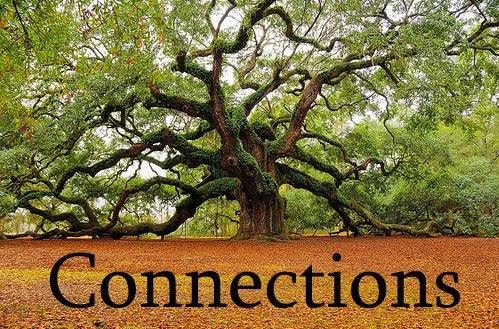The ancients believed that there were 70 levels of understanding embodied in each letter in the scriptures, and that it would take more than this lifetime to discover them all. Our modern prophets have also stated that increasing our understanding of the gospel is a lifelong task.
President Kimball once attended a Stake Conference, and after hearing a younger man's talk, he went to him and said, "I've read The Book of Mormon more than 70 times and yet today you used a scripture in a way that I've never thought of before. Like President Kimball, we can bear a similar witness that scriptural symbolism continues to unfold for us. In this way, we can model for our children the potential of many exciting new discoveries yet to be made in scripture study.
Although we live in a modern culture which thrives on the spiritual "fast food" of superficial understanding, we need to realize that the Lord has spread a banquet for us that can not be fully consumed in this life. When we are truly feasting on the word, we can never have a "been there, done that" attitude toward the scriptures, nor will we ever be complacent regarding the teachings given in sacred places.
Instead of feeling overwhelmed with all there is to learn, this realization that the scriptures contain many hidden treasures should cause us to rejoice. Speaking of feasting and rejoicing-- the Jews throw a party every year to celebrate the great blessing of having access to God's Word. They express gratitude for the insights they have gained during the past year, and anticipate with delight that precious new truths will be unfolded during the coming year. On this occasion, members of the congregation take turns carrying the Torah scrolls holding them high above their heads, or over their hearts, while everyone joins in a celebratory circle winding its way around the room. This is done with great joy in a style reminiscent of Tevye's exuberant dancing as portrayed in Fiddler on the Roof.
I love this idea of dancing with our scriptures. Dancing is a powerful symbolic gesture as well as a form of Biblical worship. We too can rejoice that Heavenly Father's words to us will never become stale, because the unfolding symbolism keeps His teachings forever fresh.

Is this celebration part of Rosh Hashanah?
ReplyDeleteThank you for these words and encouragement, gratitude (and service) is always the best medicine. When I get frustrated or discouraged about all I don't know, I will remember how grateful I am for the many ways that the Lord generously gives me to learn. I am especially grateful for the scriptures, personal revelation, the temple and dear friends like you, Yvonne, Kathryn and Val (and the "group") who generously share of your hard earned knowledge and inspiration. Friends are truly flowers in the garden of life. Thank you
The holiday is called "Simchat Torah" or "Rejoicing in/with the Torah." Here is a link in wikipedia:http://en.wikipedia.org/wiki/Simchat_Torah.
ReplyDeleteIt is interesting that Simchat Torah is celebrated right after Sukkot which celebrates the Millennium when the Lord comes to reveal all things (D&C 101:32.
ReplyDelete70 levels? I'm just trying to understand the "methods" used in the 4 PaRDes levels of understanding the scriptures. That is: (1) the Pashat, the plain and simple understanding; (2) the Remez or hint, or what is the implied meaning of the text; (3) the Drash, or the allegorical, or dealing with types and shadows, etc.; (4) the Sod or the hidden and esoteric meaning of the text.
ReplyDeleteAvraham Gileadi also stated that the Book of Mormon gives us 4 keys to understanding that book, as well as all scripture. These are: (1) Spirit of Prophecy (see 2 Nephi 25:4); (2)Letter of Prophecy (see 2 Nephi 25:5); (3) Searching (see 3 Nephi 23:1); (4) Types (see 3 Nephi 23:2). I prepared a summary of Avraham Gileadi's book, "The Book of Isaiah: A New Translation with interpretive keys from the Book of Mormon" and have put it online here: http://www.geocities.com/graymada/isaiah4keys.html
Thanks Momma. I love you!
ReplyDelete